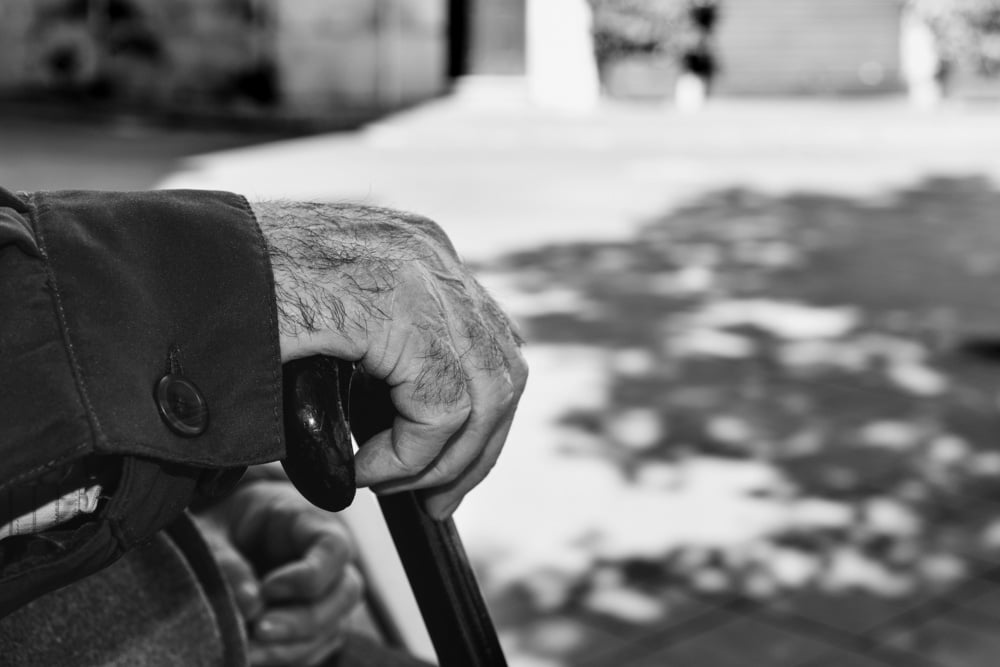In 2001, the BC Liberals’ platform included a clear promise to improve life for seniors. By 2006, they promised, there would be 5,000 more badly needed intermediate and long-term care beds so seniors wouldn’t languish on waiting lists.
Four years later, the Liberals had added 100 new beds. By 2009, three years after the deadline for adding 5,000 beds, there were 800 more, while the seniors population was growing rapidly.
The BC Liberals continue to give seniors who need support short shrift, according to a report from the Canadian Centre for Policy Alternatives, based on Heath Ministry statistics, released today.
In 2001, there were 103 residential care beds for every thousand British Columbians 75 and older — not enough, the Liberals said then.
By 2016, that had fallen to 82 residential care and assisted living beds for every thousand seniors — a 20-per-cent drop.
That might not be bad, if services to help people stay in their homes had been increased. It’s usually better for the individual, and more cost-effective, to provide supports — help with meals, or bathing or health issues — that let people live independently.
But those supports have been cut too, according to the report. In 2001, home care supports were being provided to 16.6 per cent of people 75 and older. By 2016, they were provided to only 11.7 per cent.
Which means, the report notes, increasing inequality. Seniors who can pay for private support are fine; those who rely on “an underfunded and fragmented publicly funded home support system” have seen a 30-per-cent cut in their access to support since 2001. (Access to “professional home care” — nursing and similar services — has increased 11 per cent.)
It’s not just question of access; quality matters.
And the CCPA report highlights two issues.
First, the government has chosen to move from public care homes, run by health authorities and community non-profits, to care homes run by for-profit businesses. It’s a significant shift; in 2001, 24 per cent of seniors in residential care were in for-profit facilities; in 2016, that increased to 34 per cent.
I’ve been skeptical about the role of private enterprise in health care since reading a business magazine that spoke approvingly of an American hospital chain CEO’s success in increasing average revenue per patient unlucky enough to pass through their doors.
Second — and related — the BC Liberal government has failed to demand an acceptable level of care.
Government standards say residential care facilities should provide 3.36 hours of staffing — nurses, occupational and recreational therapists, nutritionists, care aides — per resident per day.
But 91 per cent of the province’s 280 care homes didn’t meet the requirement in 2016, according to a report from the province’s seniors advocate. None of the more than 100 for-profit residential care homes met the standard.
Can there be a bigger failure for a government? Once it set a basic staffing requirement for proper care — dealing with illnesses, ensuring residents won’t be forced to soil themselves because no aides can help them to the bathroom, providing a shower every week — how could it not ensure that standard was met?
The CCPA study includes an analysis of the impact on all this on the health care system.
When people should be in residential care and there are no spaces, they end up in hospital. Because they are in those beds, someone else waits in emergency, or a hall.
In 2015, 11 per cent of hospital beds were occupied by people over 65 who could have been somewhere else if space had been available. We can surely do better than building big hospitals only to use them as waiting rooms.
But that should be a side issue. The fundamental question is whether British Columbians deserve the chance to live, in their own homes or care homes, with support and dignity as they grow old.
And the current government says no. ![]()
Read more: Health, BC Election 2017, BC Politics

















Tyee Commenting Guidelines
Comments that violate guidelines risk being deleted, and violations may result in a temporary or permanent user ban. Maintain the spirit of good conversation to stay in the discussion.
*Please note The Tyee is not a forum for spreading misinformation about COVID-19, denying its existence or minimizing its risk to public health.
Do:
Do not: